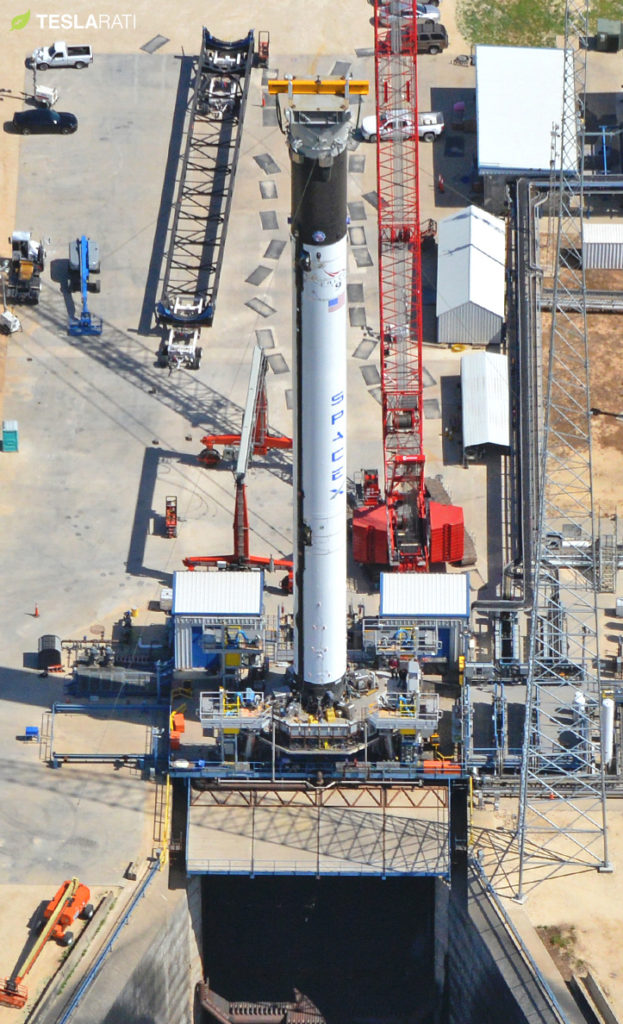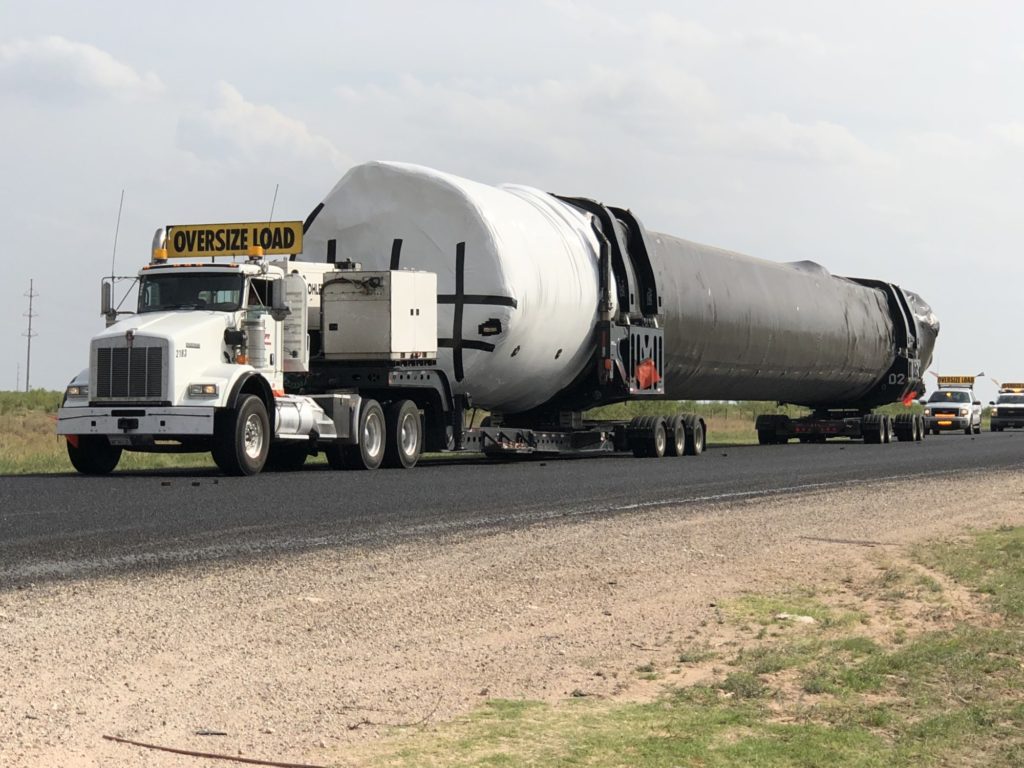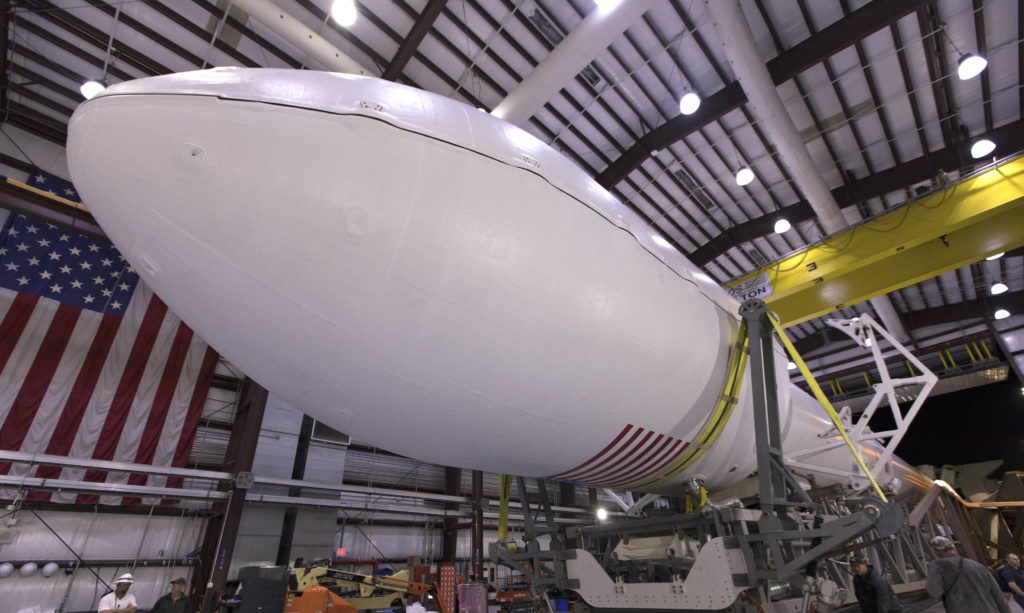
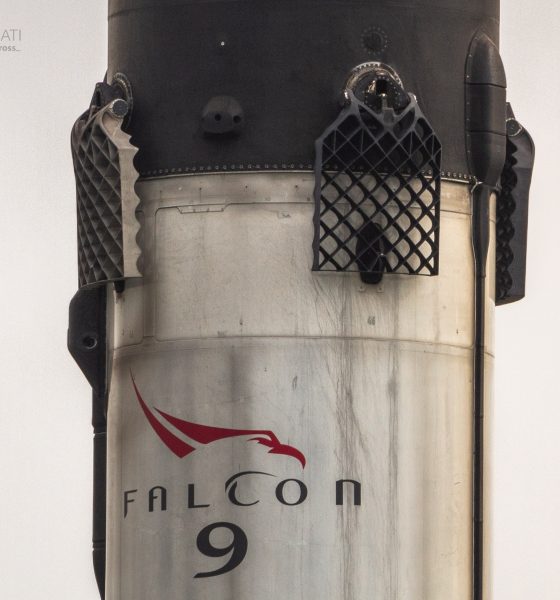
News
SpaceX targets back-to-back Falcon 9 Block 5 launch and landing in July
As the end of June fast approaches, SpaceX’s July launch manifest has begun to coalesce around at least one pair of launches on July 18 and 20, a schedule that might see the company’s next two new Block 5 Falcon 9 boosters fly from West and East coasts with just 30 hours between them.
While not exactly the 24-hour reuse CEO Elon Musk set the company to by end of 2019, two back-to-back launches of new Block 5 boosters would seem to signify an increasing level of operational confidence in the rocket’s new, upgraded configuration, as well as a return to form in factory production of the complex Falcon 9 boosters, only four of which have shipped in the last seven months.

The first Block 5 Falcon 9 lifts off on May 4, 2018. Cheaper launches as a result of reusable rockets may not necessarily increase demand for satellite launches. (Tom Cross)
As it stands today, SpaceX’s West Coast customer Iridium confirmed on June 15th that the company’s 7th contracted Falcon 9 launch is scheduled for early morning on July 20, and Iridium CEO Matt Desch noted that such an early launch just before sunrise holds the potential to create another scare like that from Iridium-4 in December 2017 that had Los Angeles suspecting an alien invasion.
Now that you have the date and time, you should note that it's about 10 minutes after "first light", but still an hour before sunrise at VAFB. Not sure if it will work out or not, but there is potential for another nice "show" like we had in December for L-4.. #LetsScareLAAgain https://t.co/BIyKrwhrof
— Matt Desch (@IridiumBoss) June 15, 2018
It has yet to be explicitly confirmed, but the booster set to launch that mission from Vandenberg Air Force Base all but has to be B1048, SpaceX’s third full Falcon 9 Block 5 rocket. Barring delays, B1047 – the second Block 5 booster, spotted near Cape Canaveral, FL last week – will launch the Telstar 19V geostationary communications satellite a bit more than a day before – July 18th – from SpaceX’s LC-40 pad in Florida. Aside from being the foundational second and third launches of Falcon 9 Block 5, the missions will also feature two drone ship landings in the Pacific and Atlantic Oceans aboard Just Read The Instructions (JRTI) and Of Course I Still Love You (OCISLY).
Putting their titanium grid fins, upgraded heat shields, uprated Merlin engines, and myriad improvements and optimizations to good use, both B1047 and B1048 will – with a little luck – complete their first recoveries of anywhere from ten to a hundred before being secured on the autonomous vessels and carried back to their respective ports within roughly 24 hours of each other. Once there, B1048 (Iridium-7) will likely be shipped a few miles north to SpaceX’s Hawthorne factory, while B1047 will be driven on a purpose-built rocket carrier to one of SpaceX’s several Floridan facilities outfitted for rocket refurbishment.
- B1047 captured testing in McGregor, Texas, April 2018. (Teslarati/Aero Photo)
- What was likely B1049 spotted heading to McGregor, Texas for static fire testing, June 11. (TeslaMotorsClub /u/nwdiver)
- Falcon 9 B1045 prepares for its first flight, the launch of NASA’s TESS exoplanet observatory. (SpaceX)
Time will be of the essence more than ever before for those refurbishments, as the combined fleet of B1047 and B1048 will have to suffice for any additional launches scheduled for late July or early August, the only alternatives being the rapid shipment and testing of B1049 or simply delaying those launches until boosters can be (safely) made available. Block 5’s purpose-built reusability and reliability-focused upgrades will thus be subjected to a near-immediate trial by fire if SpaceX’s engineers and technicians are happy with the first Block 5 rocket’s teardown analysis and the company is up for the challenge.
Up next, fittingly, is the final orbital launch of a (flight-proven) Block 4 version of Falcon 9, itself likely to smash SpaceX’s previous record for time between two flights of the same booster. The mission, CRS-15, will see another flight-proven orbital Cargo Dragon capsule sent to the International Space Station aboard a flight-proven rocket booster, a veritable tip of the hat at SpaceX’s future ambitions with BFR. CRS-15 is scheduled to launch at 5:41am EDT, June 28.
Follow us for live updates, peeks behind the scenes, and photos from Teslarati’s East and West coast photographers.
Teslarati – Instagram – Twitter
Tom Cross – Twitter
Pauline Acalin – Twitter
Eric Ralph – Twitter

News
Tesla FSD V14.2.1 is earning rave reviews from users in diverse conditions
Tesla’s Full Self-Driving (Supervised) software continues its rapid evolution, with the latest V14.2.1 update drawing widespread praise.
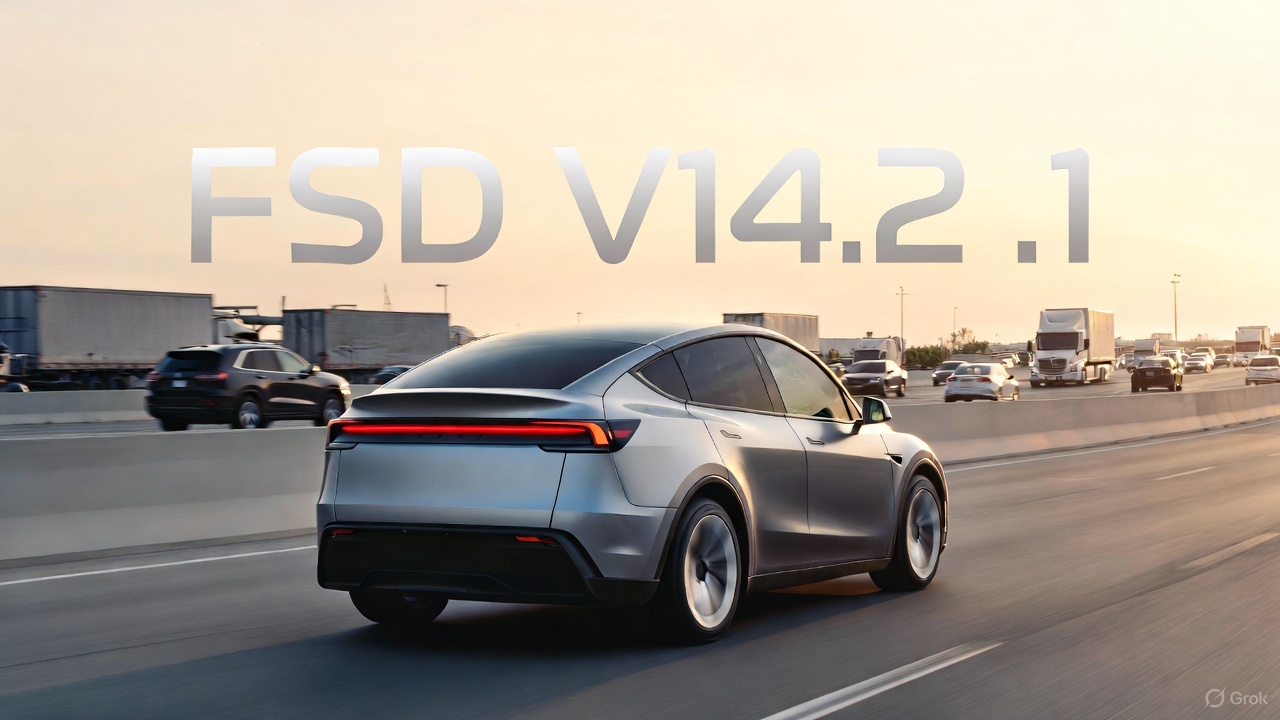
Tesla’s Full Self-Driving (Supervised) software continues its rapid evolution, with the latest V14.2.1 update drawing widespread praise for its smoother performance and smarter decision-making.
Videos and firsthand accounts from Tesla owners highlight V14.2.1 as an update that improves navigation responsiveness, sign recognition, and overall fluidity, among other things. Some drivers have even described it as “more alive than ever,” hinting at the system eventually feeling “sentient,” as Elon Musk has predicted.
FSD V14.2.1 first impressions
Early adopters are buzzing about how V14.2.1 feels less intrusive while staying vigilant. In a post shared on X, Tesla owner @LactoseLunatic described the update as a “huge leap forward,” adding that the system remains “incredibly assertive but still safe.”
Another Tesla driver, Devin Olsenn, who logged ~600 km on V14.2.1, reported no safety disengagements, with the car feeling “more alive than ever.” The Tesla owner noted that his wife now defaults to using FSD V14, as the system is already very smooth and refined.
Adverse weather and regulatory zones are testing grounds where V14.2.1 shines, at least according to testers in snow areas. Tesla watcher Sawyer Merritt shared a video of his first snowy drive on unplowed rural roads in New Hampshire, where FSD did great and erred on the side of caution. As per Merritt, FSD V14.2.1 was “extra cautious” but it performed well overall.
Sign recognition and freeway prowess
Sign recognition also seemed to show improvements with FSD V14.2.1. Longtime FSD tester Chuck Cook highlighted a clip from his upcoming first-impressions video, showcasing improved school zone behavior. “I think it read the signs better,” he observed, though in standard mode, it didn’t fully drop to 15 mph within the short timeframe. This nuance points to V14.2.1’s growing awareness of temporal rules, a step toward fewer false positives in dynamic environments.
FSD V14.2.1 also seems to excel in high-stress highway scenarios. Fellow FSD tester @BLKMDL3 posted a video of FSD V14.2.1 managing a multi-lane freeway closure due to a police chase-related accident. “Perfectly handles all lanes of the freeway merging into one,” the Tesla owner noted in his post on X.
FSD V14.2.1 was released on Thanksgiving, much to the pleasant surprise of Tesla owners. The update’s release notes are almost identical to the system’s previous iteration, save for one line item read, “Camera visibility can lead to increased attention monitoring sensitivity.”
News
Tesla FSD Supervised ride-alongs in Europe begin in Italy, France, and Germany
The program allows the public to hop in as a non-driving observer to witness FSD navigate urban streets firsthand.

Tesla has kicked off passenger ride-alongs for Full Self-Driving (Supervised) in Italy, France and Germany. The program allows the public to hop in as a non-driving observer to witness FSD navigate urban streets firsthand.
The program, detailed on Tesla’s event pages, arrives ahead of a potential early 2026 Dutch regulatory approval that could unlock a potential EU-wide rollout for FSD.
Hands-Off Demos
Tesla’s ride-along invites participants to “ride along in the passenger seat to experience how it handles real-world traffic & the most stressful parts of daily driving, making the roads safer for all,” as per the company’s announcement on X through its official Tesla Europe & Middle East account.
Sign-ups via localized pages offer free slots through December, with Tesla teams piloting vehicles through city streets, roundabouts and highways.
“Be one of the first to experience Full Self-Driving (Supervised) from the passenger seat. Our team will take you along as a passenger and show you how Full Self-Driving (Supervised) works under real-world road conditions,” Tesla wrote. “Discover how it reacts to live traffic and masters the most stressful parts of driving to make the roads safer for you and others. Come join us to learn how we are moving closer to a fully autonomous future.”
Building trust towards an FSD Unsupervised rollout
Tesla’s FSD (Supervised) ride-alongs could be an effective tool to build trust and get regular car buyers and commuters used to the idea of vehicles driving themselves. By seating riders shotgun, Tesla could provide participants with a front row seat to the bleeding edge of consumer-grade driverless systems.
FSD (Supervised) has already been rolled out to several countries, such as the United States, Canada, Australia, New Zealand, and partially in China. So far, FSD (Supervised) has been received positively by drivers, as it really makes driving tasks and long trips significantly easier and more pleasant.
FSD is a key safety feature as well, which became all too evident when a Tesla driving on FSD was hit by what seemed to be a meteorite in Australia. The vehicle moved safely despite the impact, though the same would likely not be true had the car been driven manually.
News
Swedish union rep pissed that Tesla is working around a postal blockade they started
Tesla Sweden is now using dozens of private residences as a way to obtain license plates for its vehicles.
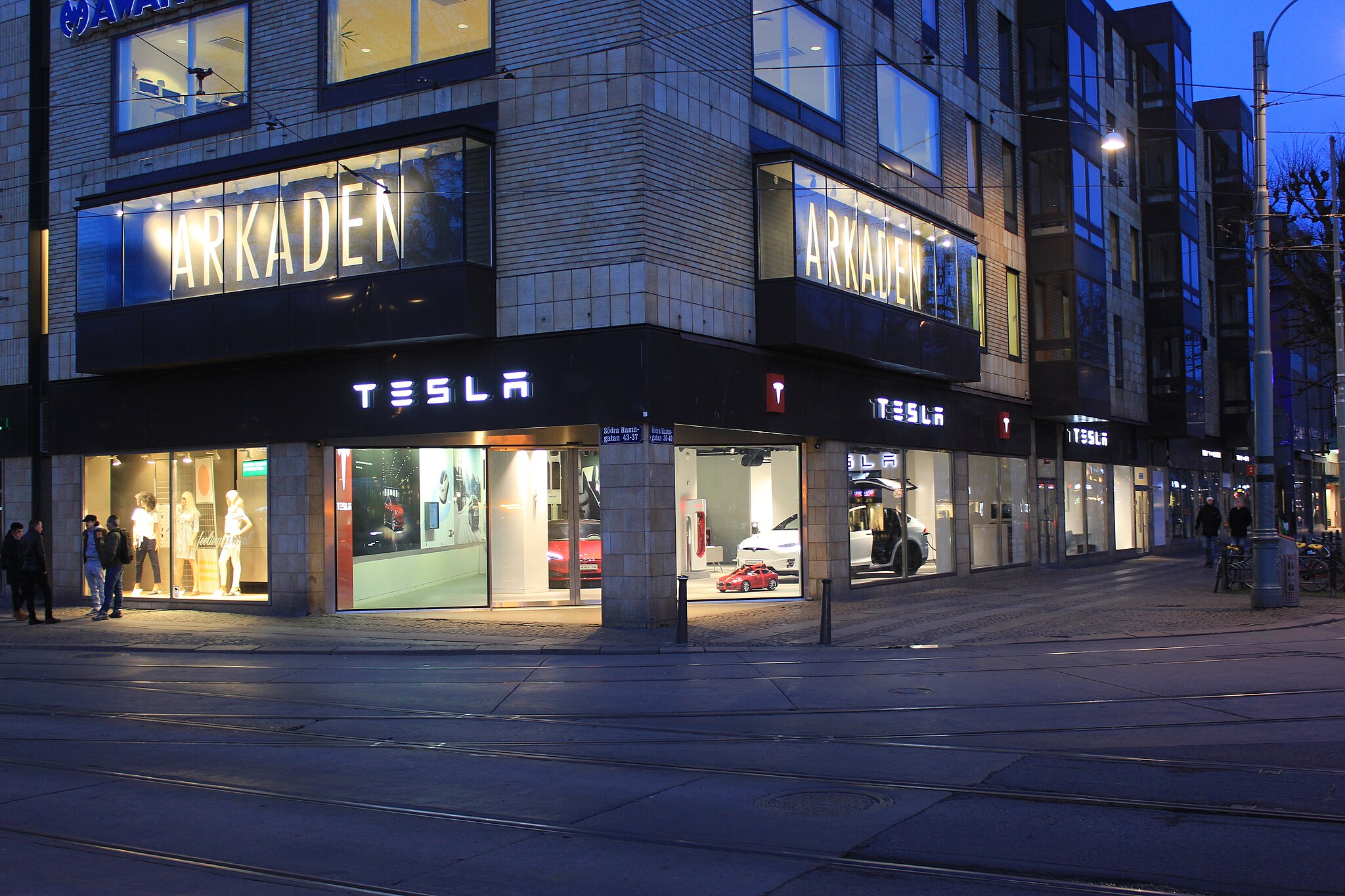
Two years into their postal blockade, Swedish unions are outraged that Tesla is still able to provide its customers’ vehicles with valid plates through various clever workarounds.
Seko chairman Gabriella Lavecchia called it “embarrassing” that the world’s largest EV maker, owned by CEO Elon Musk, refuses to simply roll over and accept the unions’ demands.
Unions shocked Tesla won’t just roll over and surrender
The postal unions’ blockade began in November 2023 when Seko and IF Metall-linked unions stopped all mail to Tesla sites to force a collective agreement. License plates for Tesla vehicles instantly became the perfect pressure point, as noted in a Dagens Arbete report.
Tesla responded by implementing initiatives to work around the blockades. A recent investigation from Arbetet revealed that Tesla Sweden is now using dozens of private residences, including one employee’s parents’ house in Trångsund and a customer-relations staffer’s home in Vårby, as a way to obtain license plates for its vehicles.
Seko chairman Gabriella Lavecchia is not pleased that Tesla Sweden is working around the unions’ efforts yet again. “It is embarrassing that one of the world’s largest car companies, owned by one of the world’s richest people, has sunk this low,” she told the outlet. “Unfortunately, it is completely frivolous that such a large company conducts business in this way.”
Two years on and plates are still being received
The Swedish Transport Agency has confirmed Tesla is still using several different workarounds to overcome the unions’ blockades.
As noted by DA, Tesla Sweden previously used different addresses to receive its license plates. At one point, the electric vehicle maker used addresses for car care shops. Tesla Sweden reportedly used this strategy in Östermalm in Stockholm, as well as in Norrköping and Gothenburg.
Another strategy that Tesla Sweden reportedly implemented involved replacement plates being ordered by private individuals when vehicles change hands from Tesla to car buyers. There have also been cases where the police have reportedly issued temporary plates to Tesla vehicles.

